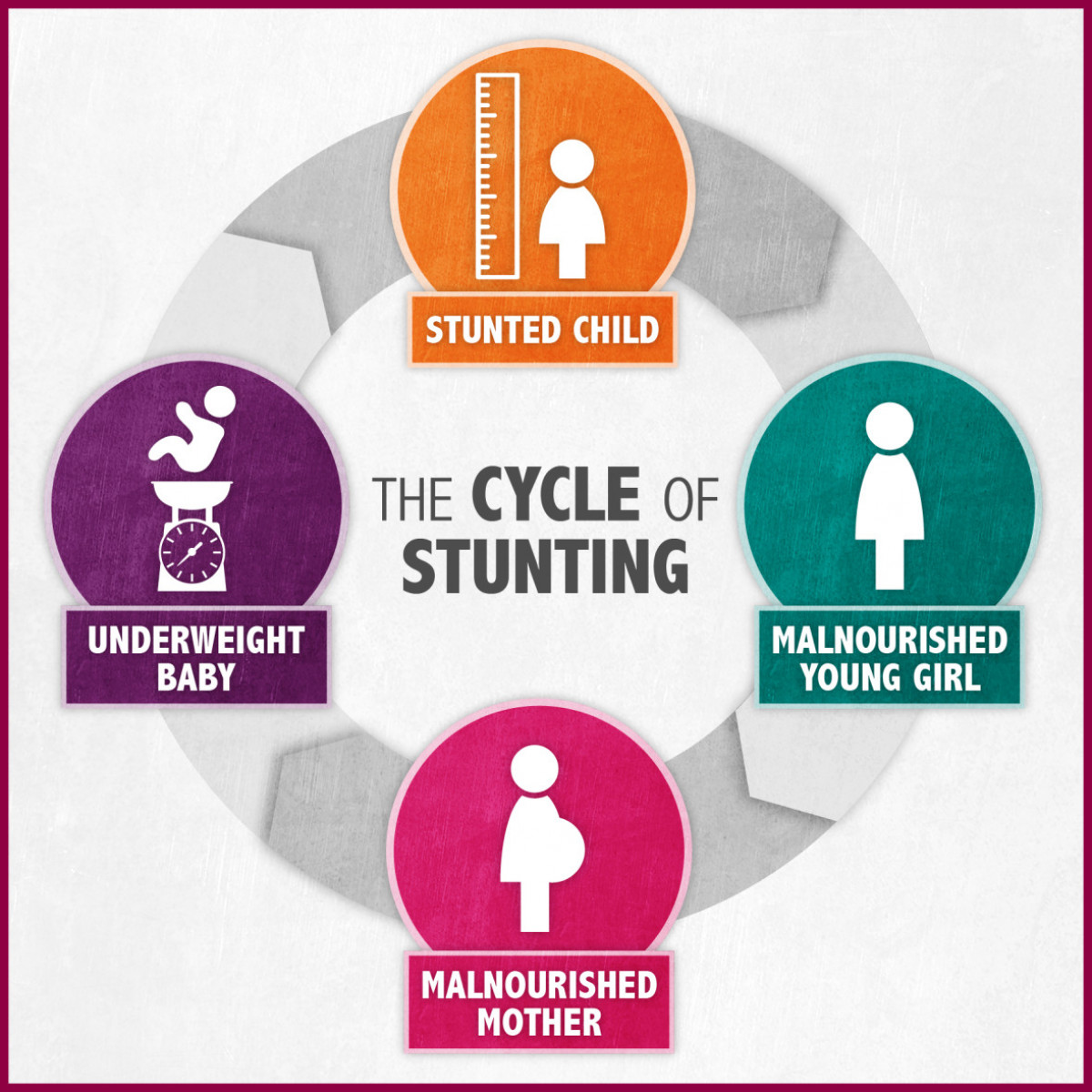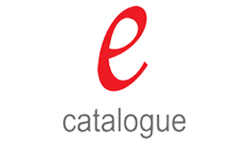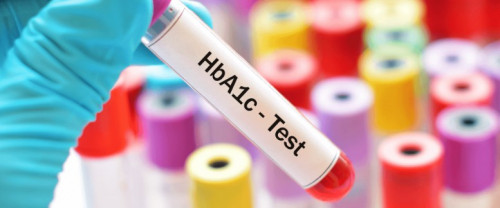Stunting is the impaired growth and development that children experience from poor nutrition, repeated infection, and inadequate psychosocial stimulation. Children are defined as stunted if their height-for-age is more than two standard deviations below the WHO Child Growth Standards median. It is also closely linked with child development in several domains including cognitive, language, and sensory-motor capacities.
The Vicious Cycle Of Stunting
After a child is born, it’s important for both mother and baby to receive proper postnatal care. For babies born into poverty, one of the most important weapons to combat stunting is breastmilk, which strengthens their immune system and provides the nutrients they need to grow. If a mother is malnourished, it’s more likely that her baby will be born underweight. This sets off a cycle of stunting: Without proper postnatal care and the proper nutrients, the baby will likely suffer from stunted growth. If the child’s malnutrition goes untreated, they themselves may grow into a young woman who becomes a malnourished mother to a stunted child.
How Do We Prevent Stunting?
There’s no simple solution for preventing stunting. However, focusing on what is commonly referred to as the first 1,000 days — the window of time between a mother’s pregnancy and her child’s second birthday — is a key opportunity to ensure the healthy development of children around the world. While the amount of food is a large piece of the puzzle, a diversified diet can be equally, if not more, important. Treating malnutrition, even in those children who are older than 2, with ready-to-use therapeutic food (RUTF) can have a positive impact on stunting rates.
How We Can Help?
- Improving Nutrition Services
Finally, and most obviously, improving overall nutrition services in a community can help to break the cycle of stunting.
- Improving Hygiene Services
As we’ll note below, the availability of clean water and proper sanitation also has a far-reaching impact. According to the World Health Organization, almost 400,000 children under the age of five die each year from diarrheal diseases, which are often caused by poor sanitation and contaminated drinking water. Teaching proper hygiene practices, working with communities to keep village environments clean, and supporting the construction of safe and effective toilets are the main ways we act to prevent the spread of infection and water-borne diseases. This means more resources to focus on nutrition.
3. Improving Maternal, Newborn & Child Health
Begun as an initiative of Concern Worldwide in 2009 and funded by the Bill & Melinda Gates Foundation, the Innovations for Maternal, Newborn & Child Health (Innovations) program developed and tested creative solutions for improving health and survival of mothers, babies, and children. The team actively engaged communities in the design process to ensure its programs met and responded to their specific needs. It sharpened ideas with input from relevant experts and was refined until a program was ready to be tried on a pilot basis. Anemia impairs health and well-being in women and increases the risk of maternal and neonatal adverse outcomes. Anemia affects half a billion women of reproductive age worldwide. In 2011, 29% (496 million) of non-pregnant women and 38% (32.4 million) of pregnant women aged 15–49 years were anemic.
The prevalence of anemia was highest in south Asia and central and west Africa. While the causes of anemia are variable, it is estimated that half of the cases are due to iron deficiency. In some settings, considerable reductions in the prevalence of anemia have been achieved; however, overall, progress has been insufficient. Further actions are required to reach the World Health Assembly target of a 50% reduction of anemia in women of reproductive age by 2025.
PT Isotekindo Intertama provides a POCT (Point Of Care Test) tool for checking Hemoglobin levels in the blood which is practical and convenient to use because it only requires a small sample (1µL). This is the first biosensor technology for screening hemoglobin In Indonesia, using HemoSmart GOLD Hemoglobin Screening Meter
The features and other benefits are
- HemoSmart GOLD Hemoglobin Screening Meter only requires 1μL of blood. The measuring range is wide, 4.0-24.0 g/dL. The wide measurement range will make the HemoSmart GOLD Hemoglobin Screening Meter very easy to monitor hemoglobin in both low and high conditions
- HemoSmart GOLD Hemoglobin Screening Meter only takes 5 seconds, HemoSmart GOLD Hemoglobin Screening Meter can read hemoglobin in the blood in a very short time making it more efficient.
- HemoSmart GOLD Hemoglobin Screening Meter with a small sample volume of 1µL whole blood. With a very small sample size and using whole blood cells, the HemoSmart GOLD Hemoglobin Screening Meter can show an accurate profile of hemoglobin in the blood, thus guaranteeing excessive pain in blood test sampling.
Therefore, it is important for us to realize the importance of maintaining nutrition and preventing the risk of anemia so that the relatively high incidence of stunting can be reduced.
References:
- Concernusa. (2019). Stunting: What It Is And What It Means
- Insert Pack HemoSmart GOLD Hemoglobin Screening Meter
- WHO.(2015). Stunting in a nutshell
- WHO.(2015). Global nutrition targets 2025: anemia policy brief







